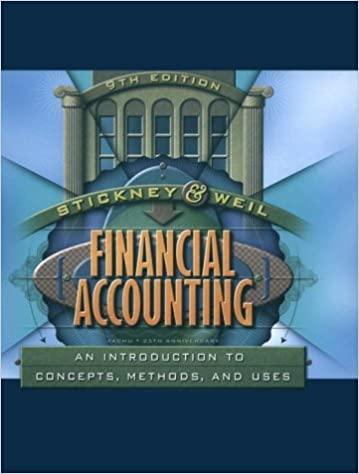6. Which situation below accurately describes an instance of "hedge accounting"? a. A company hedges its investment in a debt security classified as trading. Because of the hedge, changes in the value of the security are reported in other comprehensive income. b. A company hedges its inventory, normally carried at cost. Because of the hedge, changes in the value of the inventory are reported in income. c. A company hedging a forecasted purchase of inventory recognizes changes in the value of the inventory in other comprehensive income. d. A company hedges its inventory, normally carried at cost. Because of the hedge, changes in the value of the inventory are reported in other comprehensive income and the inventory is carried at market value. 7. A derivative designated as a hedge of a firm commitment (a documented forthcoming sale or purchase): a. Is marked to market each period along with the hedged purchase or sale commitment, even though the sale or purchase has not occurred. b. Remains off-balance-sheet until the sale or purchase takes place. c. Offsets the hedged item that is marked to market each period, with the resulting gain or loss deferred in OCl until the derivative is closed out. d. Is marked to market each period, with the resulting gain or loss deferred in OCl until the sale or purchase takes place. 8. When hedging financial investments with a futures contract, the basis difference is a. the difference between the change in value of the futures and the change in value of the investments. b. the difference between the terms of the futures and the investments position. c. the effect on OCl if the hedge is terminated early. d. the difference between spot and futures prices for the investments. 9. A company uses futures to hedge a firm commitment to buy inventory. Which statement is true concerning the hedge? a. The company takes a short position in futures and records changes in their value in OCl. b. The company takes a long position in futures and records changes in their value in income. c. The company takes a short position in futures and records changes in their value in income. d. The company takes a long position in futures and records changes in their value in OCl. 10. When a company hedges inventory price risk on its existing inventory balance, the difference between using forwards and futures is: a. futures have a basis difference but forwards do not. b. futures are more likely to be used to sell the inventory held by the company. c. futures are used to hedge the inventory price risk over a longer period of time. d. futures are more likely to be closed out by taking an opposite position







